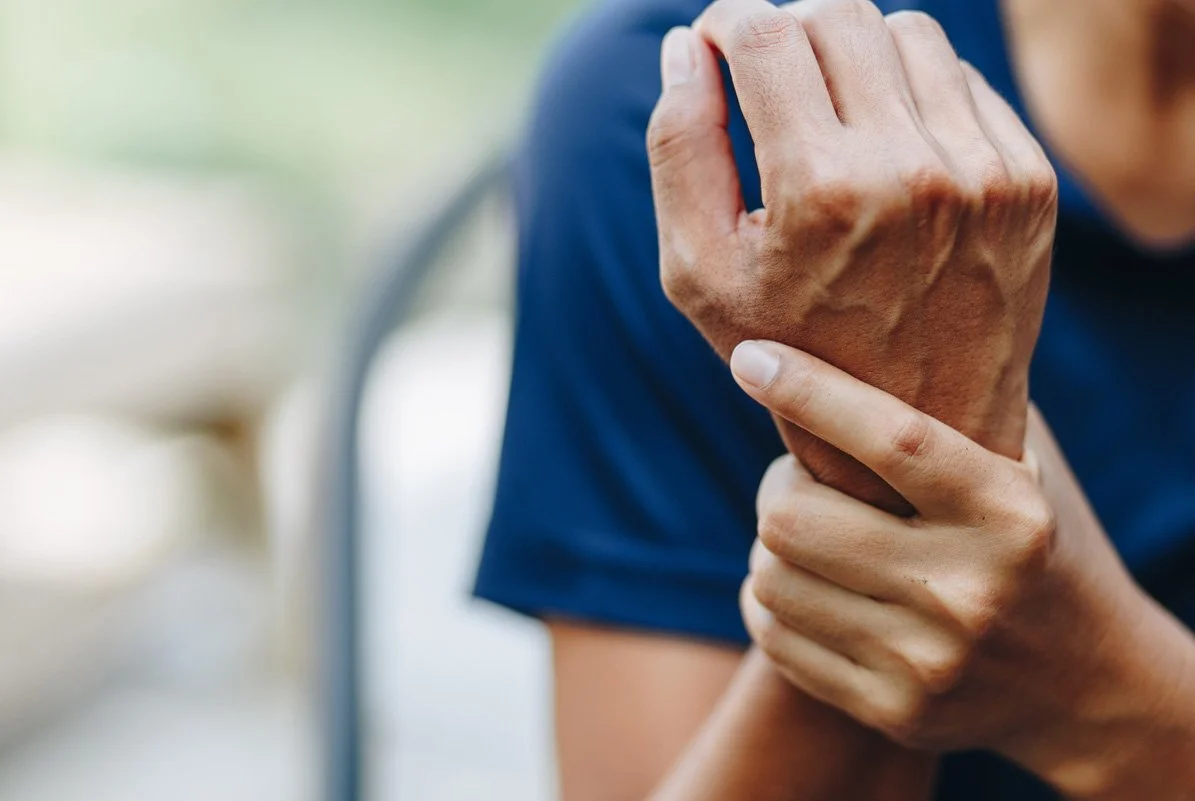Two Injuries – One Treatment
Tips for Sprain and Strain Management
What is the difference between a sprain and a strain? Some believe that it's two terms describing the same thing, but that's not exactly it. A sprain is a tear in the ligament, and is common in the ankle, knee, wrist, thumb, or shoulder. A strain occurs when a muscle or tendon becomes overstretched, and is common in the groin, hamstring, back, or calf.
Though the injuries are different, the treatments are not. An easy way to remember how to treat these soft tissue injuries in the first 48 hours is the RICE treatment – Rest, Ice, Compression, and Elevation.
First, rest the injured area by using it as little as possible.
Next, using a bag of ice or a nice pliable ice pack that can mold well to the injury, ice the area for 10-20 minute intervals every 1-2 hours while you’re awake. Be sure to place a thin protective barrier, like a pillowcase, between the ice and your skin to avoid icing injuries (it can happen).
Third, get a compression wrap and wrap the area to avoid swelling. If you're using a highly elastic wrap like an ACE bandage, be sure not to wrap it too tightly, and check it periodically to be sure there is still good blood flow (no purple fingers or toes).
Lastly, elevate the injured area above the heart as best you can, as this will also help reduce and control swelling.
After the first 48 hours, heat can be used to relieve the pain, but pay close attention as heat can cause increased swelling. Bracing may be needed for a few weeks following the initial injury to decrease pain and prevent potential re-injury. You may want to consult with a physician or licensed therapist for personalized recommendations.
Most of the time, a mild sprain or strain injury does not require medical attention; but if you notice severe swelling or bruising, or if you are experiencing severe pain, especially with weight bearing, see your doctor as soon as possible, as this may indicate a more serious injury. Hopefully with these suggestions, you’ll be back to feeling comfortable in no time!

